Jan Boyce has been called “the connoisseur’s avocado.” What earned it that title? And does the variety’s tree quality match the fruit quality?
In this profile, I’ll answer these questions and more so that you can decide if Jan Boyce is an avocado tree you would like to grow.
Jan Boyce fruit
Jan Boyce avocados are small to medium in size, and in shape they are not as curvy as most avocados. They remind me of cones, or candy corn.
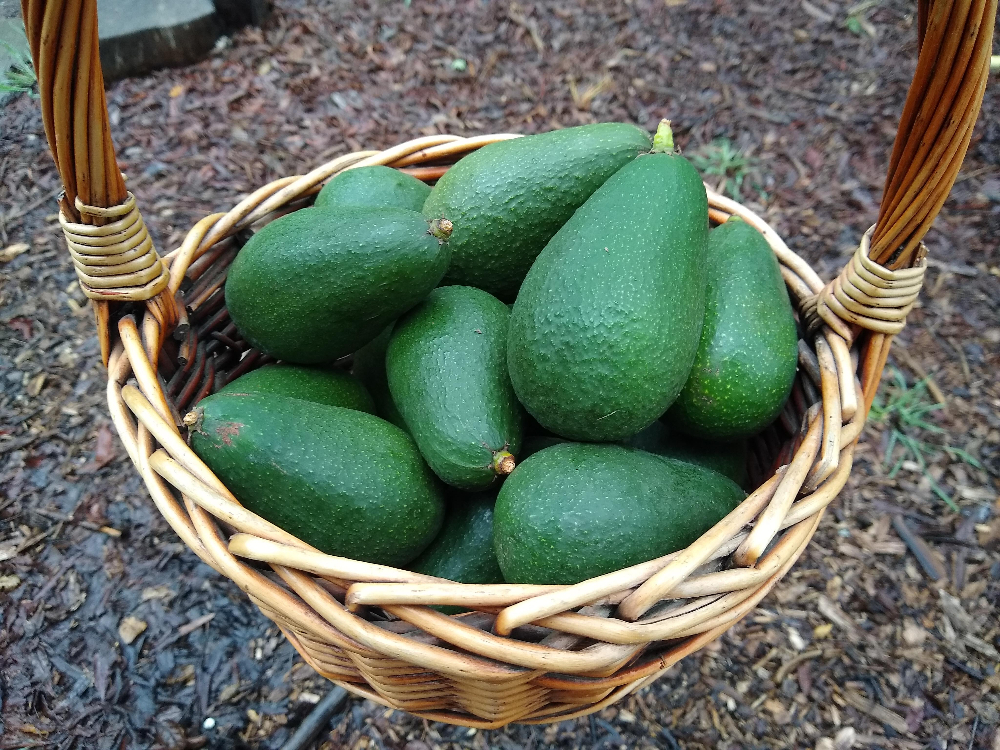
Their color is deep green while on the tree as well as once ripe.
But they ripen rapidly, as fast or faster than any other avocado variety I know. In less than a week from harvest, a Jan Boyce avocado will be soft enough to eat. While this might be desirable for a home grower, it does create a challenge for a farmer, who has little time to get the fruit from the tree to a market or a consumer.
A further reason that you will never see a Jan Boyce avocado in a grocery store bin is that it has thin, fragile skin. Even though the skin is not as thin as some varieties, it is not pliable, making it difficult to impossible to peel off the flesh. The thin skin also does not protect it well during transportation. And the skin will occasionally split while the fruit is on the tree.
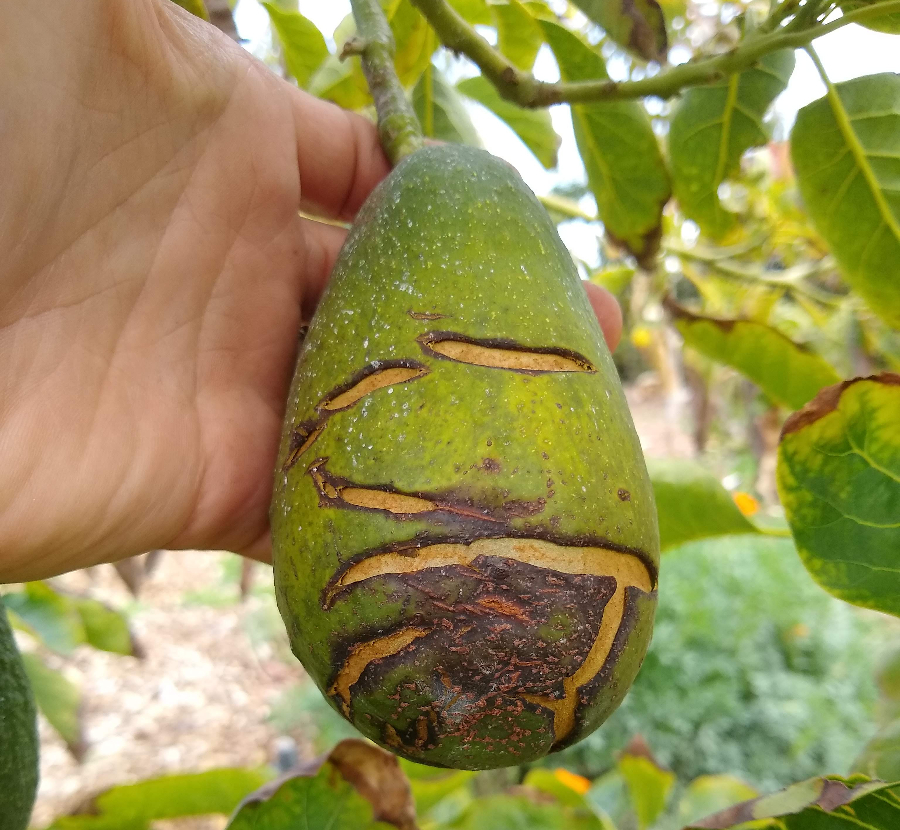
The skin of Jan Boyce is the variety’s one important imperfection. Inside, however, all is nearly flawless.

The seed is even smaller than Pinkerton’s. It’s so small it’s cute. The flesh is vividly colored, green to yellow. The texture is firm. The flavor is outstanding, with a smoky, roasted tone. I really enjoy the flavor, and I’ve tasted a similar flavor in a few other avocados, one of which is Ardith.
This is a video I made showing the eating qualities of the Jan Boyce avocado:
Variety history
Little is known to me about the woman, Jan Boyce, for whom this avocado was named other than that she was the wife of Al Boyce. He was well known to California avocado growers of the 1950s and 60s because he was the director of the Citrus Experiment Station in Riverside, later becoming the dean of the College of Agriculture when the Station grew into the University of California at Riverside. Al Boyce supported research on avocado problems and developments of new varieties at Riverside, earning the Award of Honor from the California Avocado Society in 1961 and eventually retiring in 1968.
Despite its high quality, most of us would never have heard of the Jan Boyce avocado if it weren’t for the efforts of members of the Orange County chapter of the California Rare Fruit Growers. Jan Boyce is one of hundreds of avocado varieties developed by the University of California and maintained in the collection at their research station in Irvine (now called the South Coast Research and Extension Center), and beginning in the early 1990s it was Orange County CRFG members who volunteered to do much work with the collection. They grafted new trees and recorded observations and performed historical research and lead tours of the variety collection.
It was one of the CRFG volunteers, Frank James, who started calling Jan Boyce “the connoisseur’s avocado.”
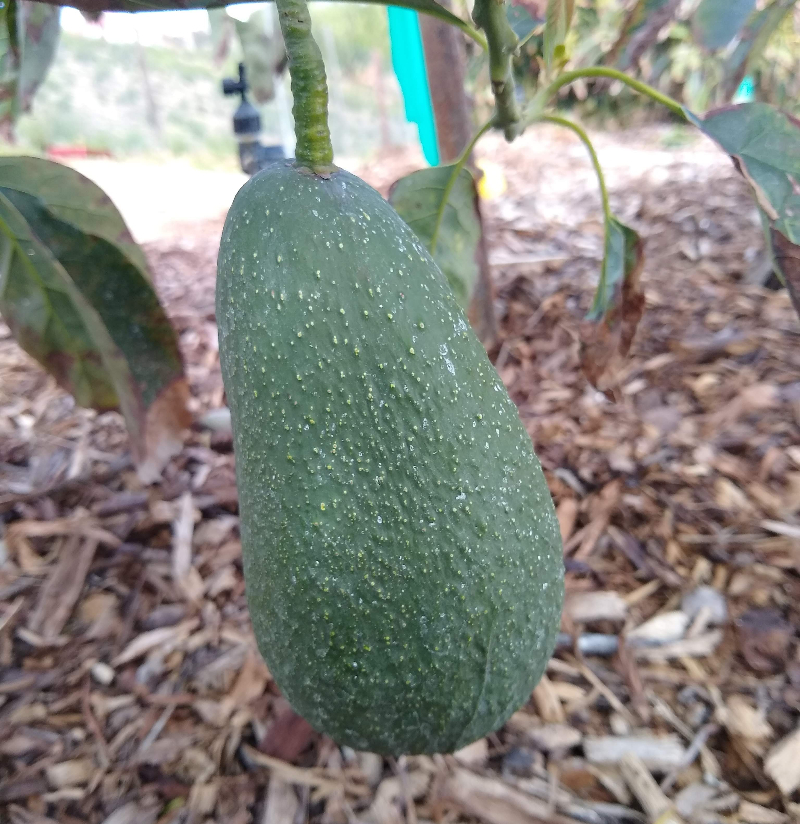
Another CRFG volunteer, Julie Frink, also grew to love the Jan Boyce avocados that she was able to taste while she helped in the Irvine collection. Frink ultimately did so much work with the collection that in 2002 she earned an Oliver Atkins Award from the California Avocado Society: she helped get the University to release the XX3 variety to backyard growers, the variety later becoming known as Holiday; she compiled the most exhaustive resource on avocado varieties that I’m aware of, forms of which can be accessed here as the Variety Database on AvocadoSource and here as the Variety List on the UC site; and she propagated numerous uncommon varieties (including Jan Boyce) from the collection in order to share them with other avocado enthusiasts far beyond Orange County.
The first time I visited the avocado collection in Irvine in 2012, Julie Frink lead my tour. And the first Jan Boyce tree I grew was grafted by Julie Frink.
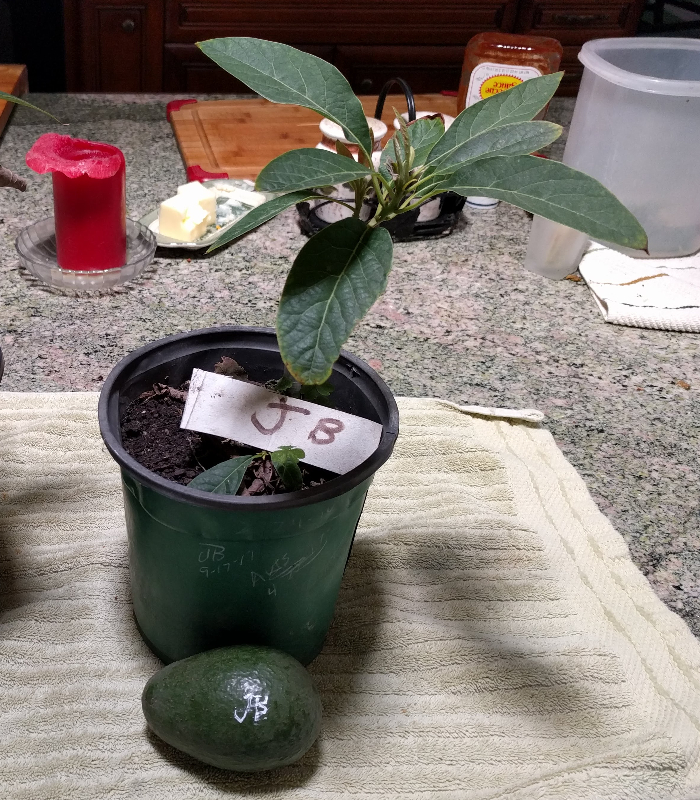
(Watch a classic video featuring Julie Frink and Tom Spellman of Dave Wilson Nursery discussing the Jan Boyce variety while standing at one of the trees in the collection at the Irvine research station. Go to 5:30 here.)
Jan Boyce flowering and fruitfulness
Jan Boyce has an A-type flower, blooming in the early to mid season compared to other avocados.
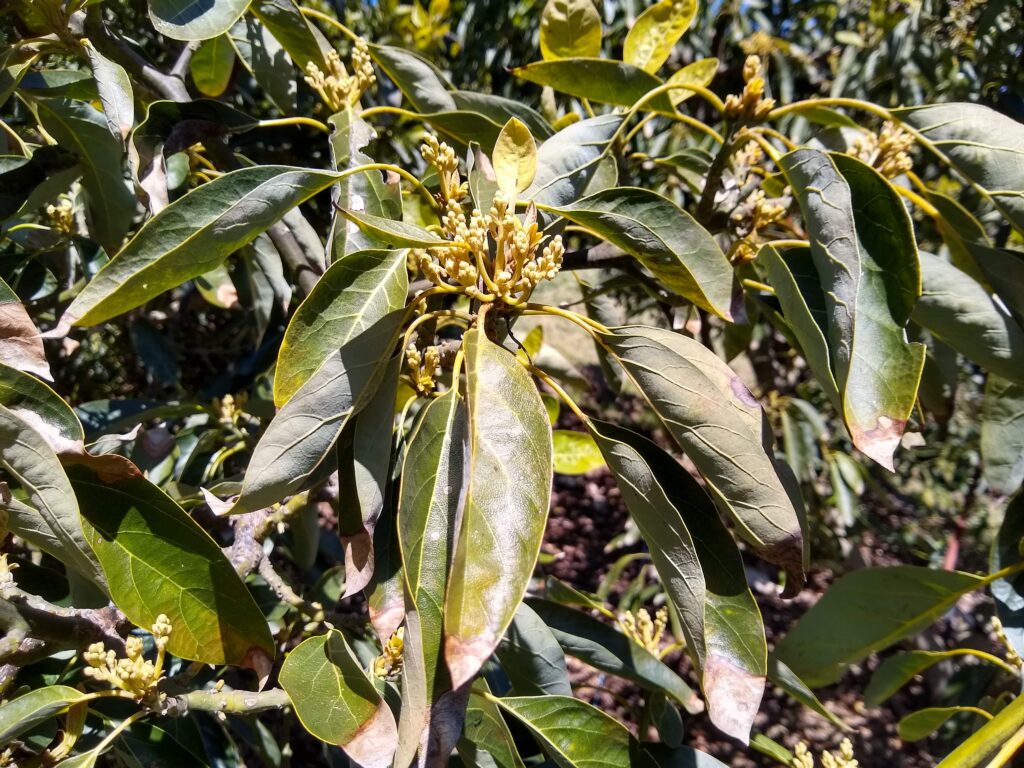
And young Jan Boyce trees are moderately precocious, that is, they will flower at a slightly younger age than some varieties but not as quickly as some others. In my experience, they are more precocious than Sharwil, about as precocious as Hass, and less precocious than GEM.
In terms of overall fruitfulness, I can say that I have seen Jan Boyce trees in many locations growing in proximity to other varieties and I would estimate that although they are certainly productive, and more productive than many other varieties, they are not quite as productive as Hass.
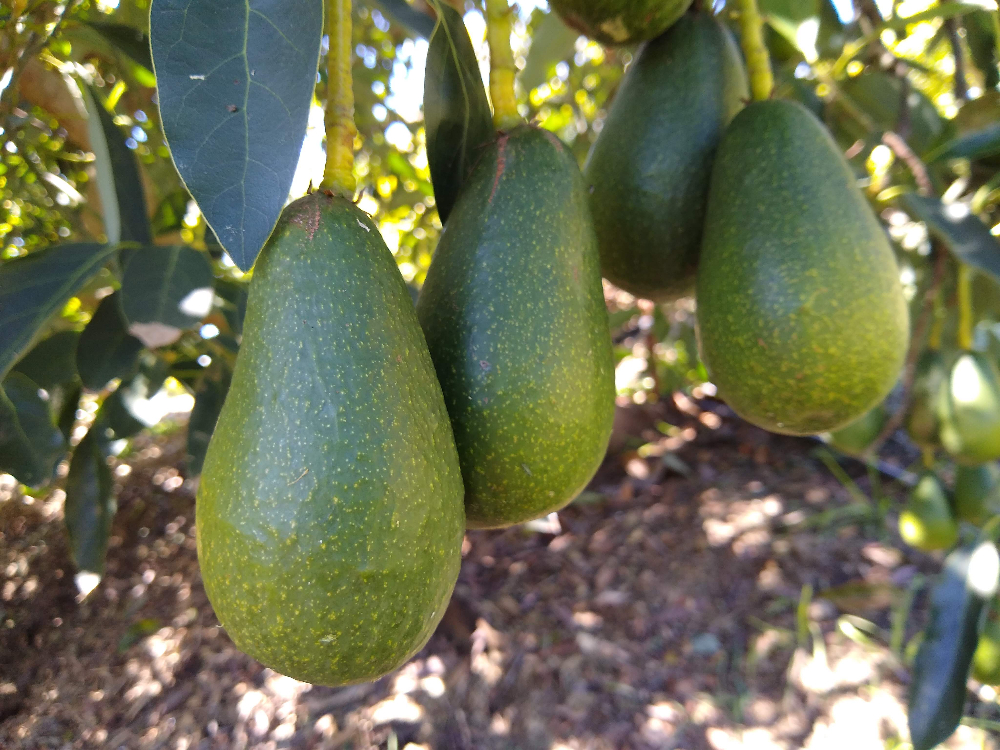
Jan Boyce harvest season
The harvest season for Jan Boyce avocados is late winter through spring. Early Jan Boyce might be ready in January or February, prime Jan Boyce season is March and April, even May. But I don’t know how much beyond May the fruit will hang with quality as I’ve never picked them later than May. However, I am told by some growers in Southern California that Jan Boyce can hang even into July from mature trees in locations that aren’t too far inland.
Jan Boyce tree architecture
Avocado trees can have growth habits that are upright or dense and bushy, but Jan Boyce is not one of them. Jan Boyce trees are open, spreading, rangy, leggy. Even in full sun, they look like they’re growing in partial shade.
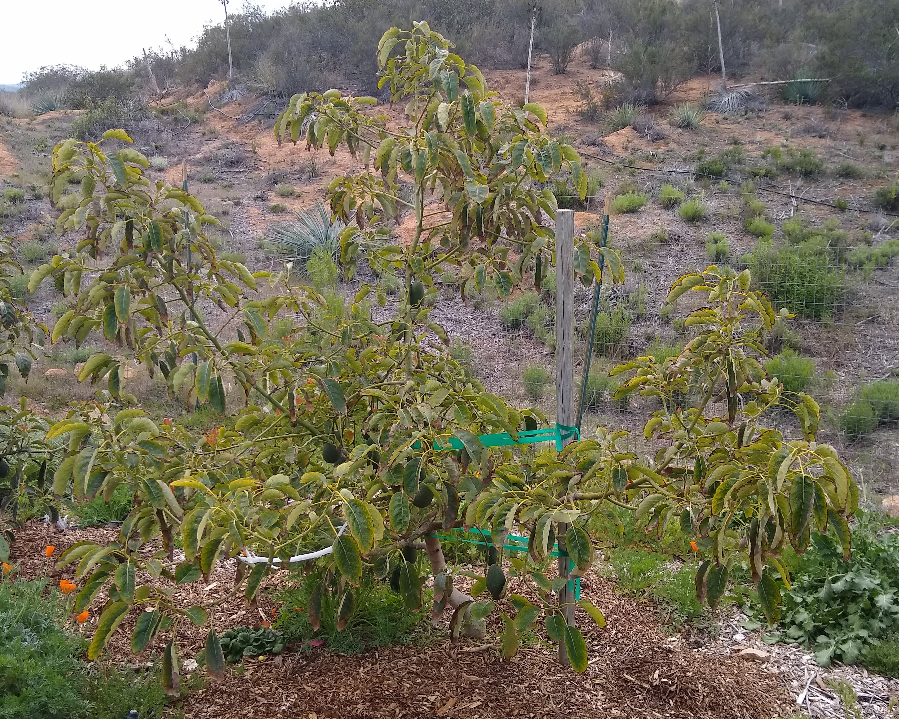
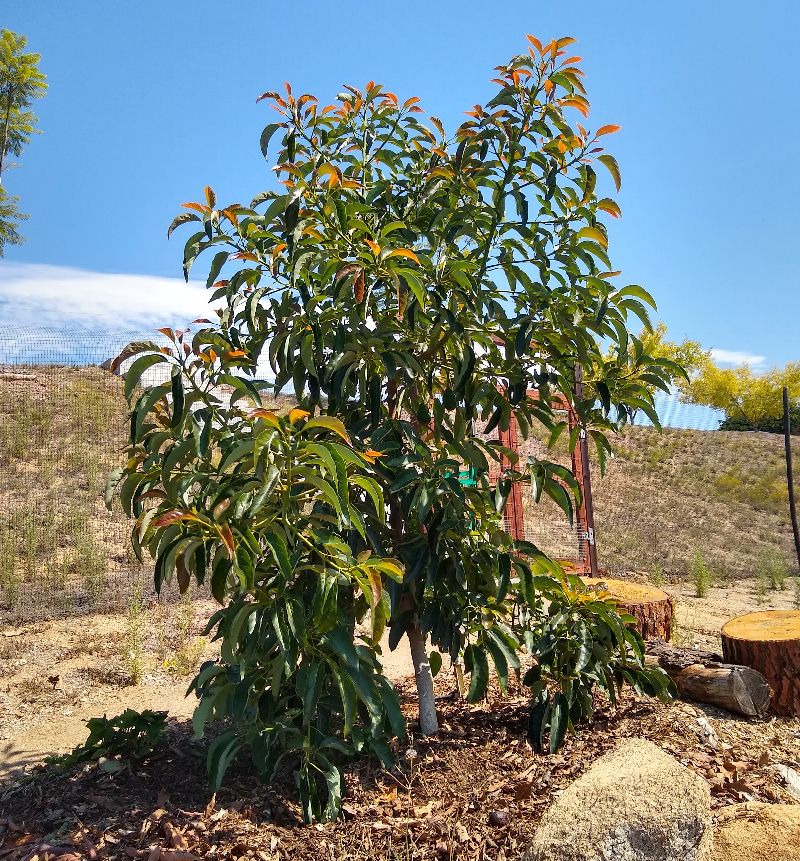
An avocado tree with this architecture is acceptable in a climate with mild summers, such as near the ocean, or perhaps even on a north-facing slope. And an avocado tree with this architecture makes for a great climbing tree once mature (think: Fuerte).
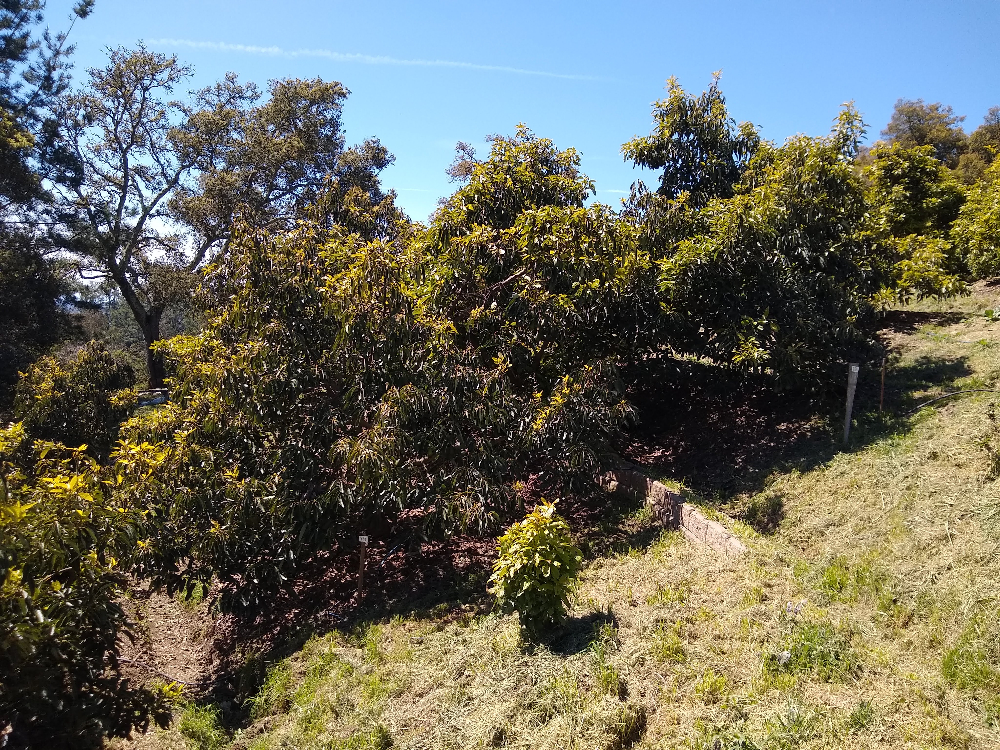
However, this kind of tree architecture is a disadvantage in a climate with hot summers and intense sunlight, as it makes the branches and fruit more susceptible to sunburn. Such an open canopy is also not ideal if you want to plant numerous trees close together (so called “high density” planting).
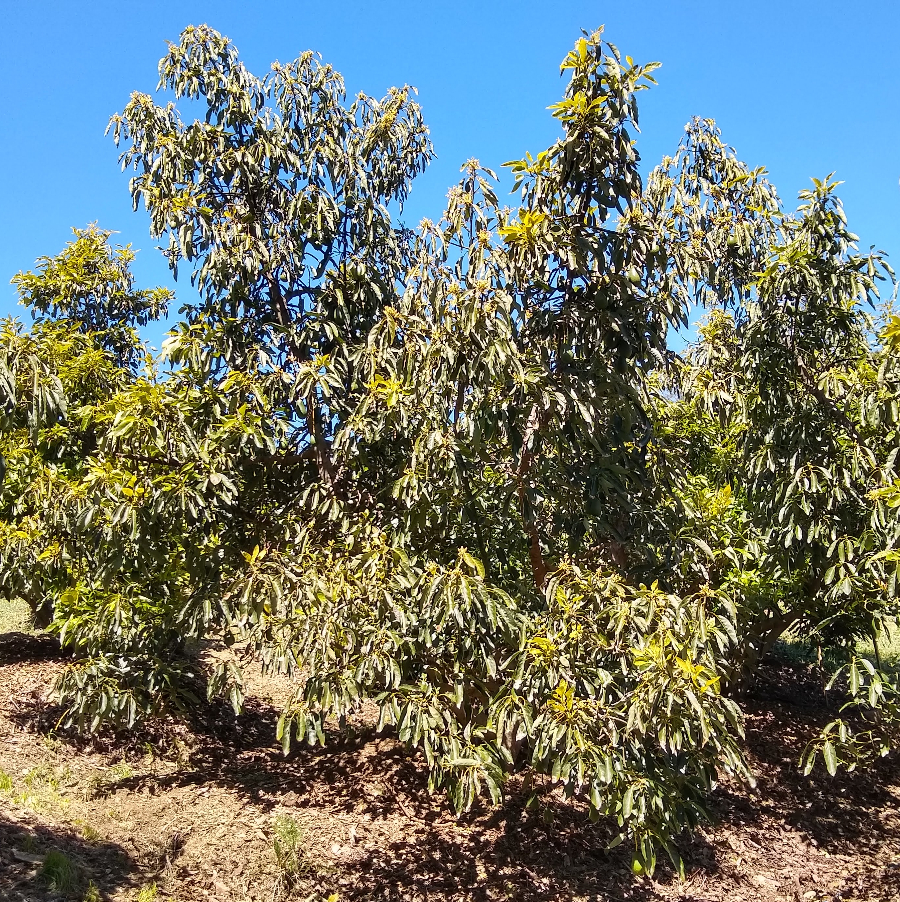
Should you plant a Jan Boyce avocado tree?
Jan Boyce is a worthy variety to add to a collection, as it has delicious fruit and the tree is productive. While it can be successfully grown inland, it is best suited to locations closer to the ocean that have milder summer weather where its open canopy is less likely to get sunburned.
What if your yard has space for only one or two avocado trees? Should Jan Boyce be one of them? I would say yes if you are inclined toward trying something new. But I would say no if your main goal is high quality avocados on the most productive tree.
There are varieties that taste just as good, have better skin, and grow on trees that produce as much or more fruit. Hass, Gwen, and GEM, I would put in that category.

Where to buy a Jan Boyce avocado tree
Jan Boyce trees are still not easy to find these days despite the efforts of Julie Frink and others. I try to keep my post, “Where to buy an avocado tree,” updated so check it out for the latest on what I know about Jan Boyce availability.
I’ll also add that at the time of writing, I know that Epicenter Avocado Nursery is making Jan Boyce trees with limited availability and Louie’s Nursery in Riverside had some in stock recently (call to check current availability).
Read my other avocado variety profiles here.
All of my Yard Posts are listed here.
If you appreciate this Jan Boyce profile, please consider showing it by sharing value in return. I don’t run any ads on this website because I’d rather get support directly from the folks for whom I write. Visit my Support Page here.

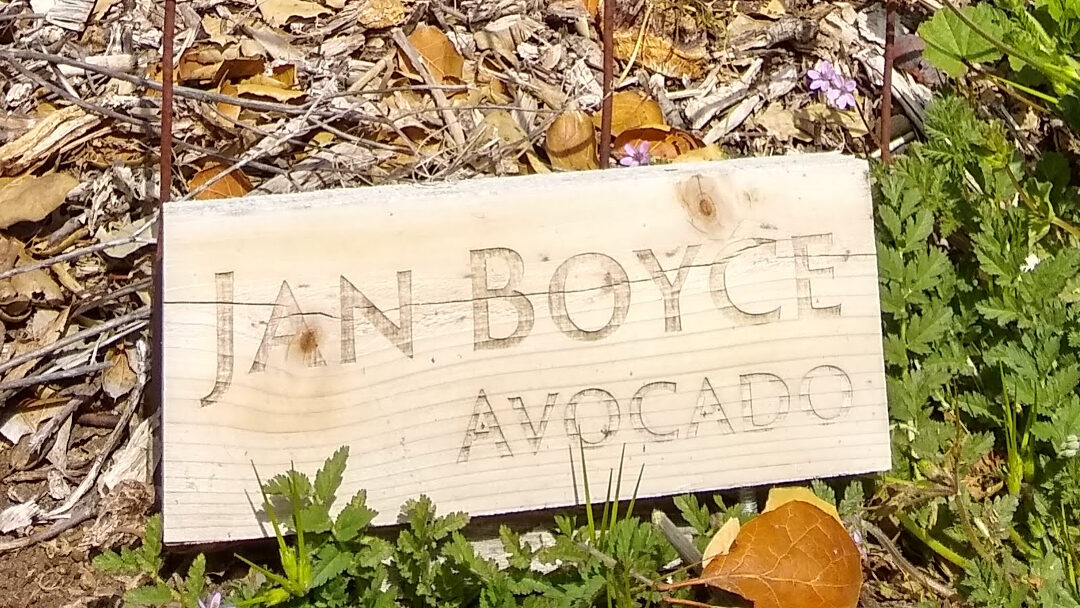


Hi Greg, Thank you for your timely post! I have a flowering 3 foot Jan Boyce in a 15 gallon pot and I was going to plant it in the far east side of my backyard located in the San Gabriel Valley. According to your post, it might burn there. I heard Carmen Hass likes a little shade so I planted my Carmen behind my garage on the west side of my yard for a little late afternoon shade. I have another spot behind my garage where I could plant the Jan Boyce to shade it, but it would be around 10-12 feet from the Carmen. You mentioned in your post you didn’t recommend high-density planting. Do you think this could work? Thank you. I have 4 Reeds, 2 Sharwil, a GEM, a Gwen, and a Carmen. I had to add a JB to the collection. 🙂
Hi Stephen,
Thanks. I don’t want to imply that Jan Boyce trees can’t be grown successfully in hot summer locations like the San Gabriel Valley unless they’re given some sun protection. I would just expect a bit more sunburn on a Jan Boyce than you would get on a tree with a denser growth habit (such as Carmen, incidentally).
To an extent, you can also form a tree with an open growth habit to be a bit denser by pinching or heading back some of its longer, horizontal branches. I think I show this in my post here: https://gregalder.com/yardposts/training-young-avocado-trees/
As for high density planting, while Jan Boyce is not well suited, neither is Hass really. Yet farmers plant Hass at high density all the time. It’s just that they later struggle to keep the trees’ spreading canopies in check. But as a home grower, you can pay closer, more consistent attention to a tree and get away with things that large-scale farmers can’t. So a home grower might be able to manage a Jan Boyce planted only 10 feet from another avocado tree forever whereas a farmer would not be able to keep up with the pruning. I’m sure you can manage it. At 10-12 feet from your Carmen, it should work out just fine.
I love all the varieties you have. There’s not a subpar cultivar in your collection. Nice choices.
By the way, I’m visiting family in the San Gabriel Valley as I write this, and I’m seeing lots of healthy avocado trees around with tons of bloom. I hope your trees look the same!
What a remarkable and in-depth analysis of the Jan Boyce avocado. I must’ve learned 10-15 new things minimum about this variety reading your article. It is writings like this that are extremely valuable. Among other things, I learned, for me, not to plant on the south side of my house where it would get tortured by the sun. And it also needs some space as it’s not as upright as say, a Lamb Hass, or possibly a Reed (with a bit of pruning). This is one of the best write-ups of an avocado, in plain laymen’s terms, that I have ever read. Thank you, Greg. Looking forward to the next ones, like Semil 34, Harvest, Koala, Hellen, Ardith, Nowels, and Esther – for starters.
Wow, thanks a lot, Neal. Thanks for the suggestions on future variety profiles. I should be able to write about a few of those later this year or next year, but I’m not currently growing a few of them so they’ll have to wait. I only profile varieties that I have direct experience growing.
Thank you Greg for the Jan Boyce’s profile. I love the fruits and I have grafted a couple of Jan Boyce on my in-ground seedling 3 years ago. I got fruits from them for the first time this year. The taste is great. JMO..sharwil and JB are the top two tasting variety so far. I got the scions from tropical fruit forum and from Brad. They taste just like the way you describe it but I find the skin to be much more peelable than you describe. You can’t eat them by like a reed or hass by just scooping it out like you scoop it out of a bowl but definitely peelable. Too bad I just ate my last JB but next year, I will you one to see that it is peelable. BTW, what happens to your JB from Julie Frink?
Very interesting article. What is your take on the cold hardiness of this variety? We live at the top of a mountain on the coast and tend to get the extremes on weather.
Great articlel
Learned a lot of new info
Would like some scion as I have some seedlings in ground to experiment with
I am not that great at grafting avacado s
Great with Apples pears cherimoya
Lousy with citrus and avacado s
Hope to hear you in person one day
Great information to know, am planting a Queen, in Pomona, it’s in a 5 gal pot but the leaves look yellowish- why?
Hi Greg, I have a young jan boyce and all the young leaves (80%) are floppy and lime green with a bronze cast. No insects. Remedies or natural? Thx, CL